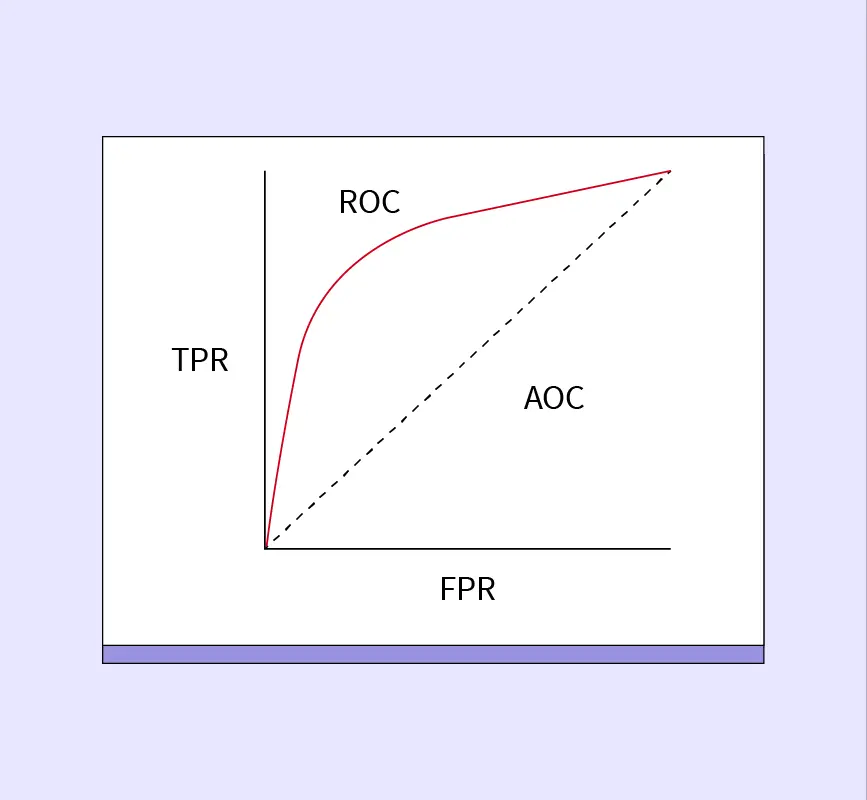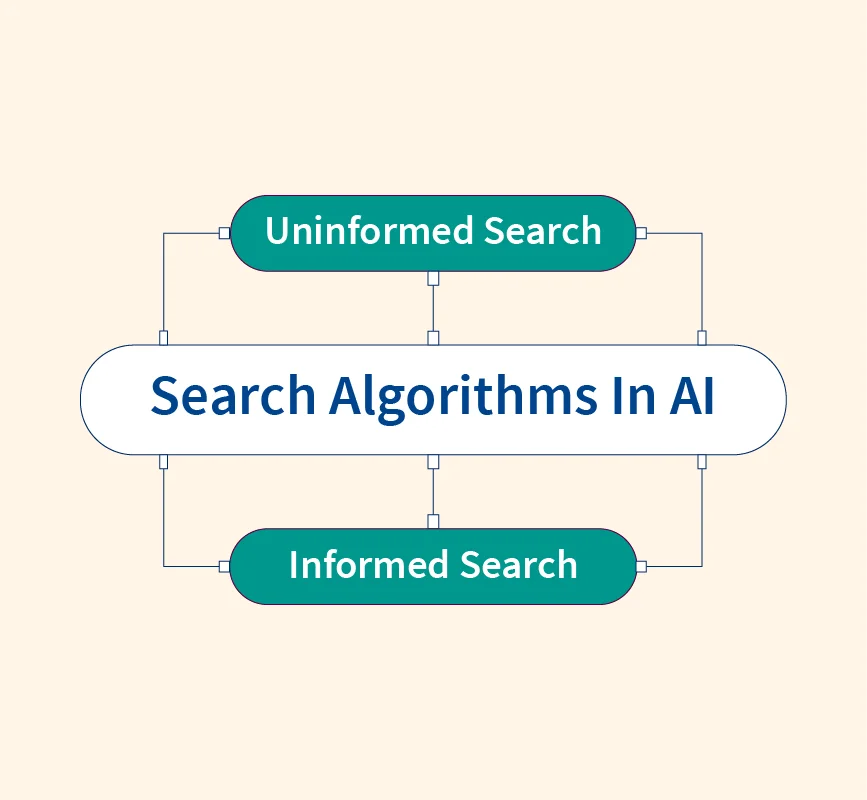In data analysis, understandingthe relationships between variables is crucial. Whether in fields like finance, science, or economics, examining how one variable changes with respect to another can reveal valuable insights. Covariance and correlation are two key statistical tools used to analyze these relationships.
Both covariance and correlation help us understand the direction and strength of the relationship between two variables. However, each has unique characteristics, with covariance indicating the direction of change, while correlation measures both the direction and strength in a standardized way. Let’s dive deeper into what these terms mean and how they are used
What is Covariance?
Covariance is a measure that shows how two variables change together. It tells us the direction of the linear relationship between them. If two variables tend to increase or decrease together, their covariance is positive. If one variable tends to increase while the other decreases, their covariance is negative.
The formula for covariance between two variables $X$ and $Y$ is:
$$\text{Cov}(X, Y) = \sum_{i=1}^N (X_i – \text{mean}(X))(Y_i – \text{mean}(Y))$$
Here’s what each part of the formula means:
- X and Y are the variables being compared.
- mean(X) and mean(Y) are the averages of X and Y, respectively.
- N is the total number of data points.
Covariance helps to understand whether two variables move in the same direction or in opposite directions, but it does not tell us about the strength of this relationship.
Types of Covariance
Covariance can be positive, negative, or zero, depending on the relationship between the variables:
- Positive Covariance: If two variables increase or decrease together, they have a positive covariance. For example, study hours and exam scores often have a positive covariance; as study hours increase, exam scores tend to increase as well.
- Negative Covariance: If one variable increases while the other decreases, they have a negative covariance. For instance, as temperature increases, sales of winter clothing typically decrease, showing a negative covariance.
- Zero Covariance: When there is no consistent pattern between the variables, their covariance is zero. For example, there may be no relationship between a person’s shoe size and their vocabulary level, so their covariance would be close to zero.
Understanding the type of covariance helps in identifying the direction of the relationship between variables, but not the strength.
What is Correlation?
Correlation is a standardized measure of the relationship between two variables, assessing both the direction and strength of their association. Unlike covariance, correlation is unitless, meaning it is not affected by the scale of the variables, making it easier to compare relationships between different data sets.
Correlation values range from -1 to +1:
- +1 indicates a perfect positive correlation, where both variables move in the same direction consistently.
- -1 indicates a perfect negative correlation, where one variable consistently increases as the other decreases.
- 0 indicates no linear relationship between the variables.
Correlation is often preferred over covariance because it provides a clearer, scaled view of the relationship’s strength and direction between variables.
Methods of Calculating Correlation
The most common method for calculating correlation is through the Pearson correlation coefficient, which measures the linear relationship between two variables. The formula for the Pearson correlation coefficient, $r$, is:
$$r = \frac{\text{Cov}(X, Y)}{\sigma_X \cdot \sigma_Y}$$
Here’s what each component means:
- Cov(X, Y): The covariance between the variables X and Y.
- σ_X and σ_Y: The standard deviations of X and Y, respectively.
The Pearson correlation coefficient standardizes covariance by dividing it by the product of the standard deviations of the variables, resulting in a value between -1 and +1. This coefficient is widely used in statistics to determine the strength and direction of the linear relationship between variables.
Other correlation methods include Spearman’s rank correlation and Kendall’s tau, which are often used for non-linear or ordinal data. However, Pearson correlation remains the most popular method for assessing linear relationships
Difference between Covariance and Correlation
Covariance and correlation both help analyze relationships between variables, but they differ in important ways. Here’s a detailed comparison:
| Aspect | Covariance | Correlation |
| Purpose | Shows whether two variables move in the same or opposite direction | Measures both the direction and strength of the relationship between two variables |
| Units | Has units derived from the variables’ units, which can complicate comparisons across datasets | Unitless, making it easier to interpret and suitable for comparing relationships across datasets |
| Range of Values | Values can be positive, negative, or zero with no fixed range, making interpretation less intuitive | Ranges between -1 and +1, where +1 indicates a perfect positive relationship, -1 a perfect negative relationship, and 0 no linear relationship |
| Dependence on Scaling | Affected by the scale of variables, so changes in units impact the covariance value | Not affected by scaling, making it consistent for comparison across different scales and datasets |
| Interpretation | Provides insight into the direction of the relationship only; does not indicate strength | Indicates both the direction and strength of the linear relationship, making it more informative |
| Sensitivity to Outliers | More sensitive to outliers, as extreme values can significantly affect covariance | Less sensitive to outliers, though still impacted; extreme values have a moderated effect on correlation due to standardization |
| Application Context | Used more in contexts where the focus is on direction rather than magnitude, such as portfolio diversification in finance | Widely used in statistical and data analysis across fields for clear, comparable insights into relationships between variables |
Applications of Covariance and Correlation
Covariance and correlation are widely used in various fields to analyze relationships between variables. Here are some common applications:
- Finance: In portfolio management, covariance helps investors understand how different assets move relative to each other. For example, positive covariance between two stocks indicates they tend to move in the same direction. Correlation further allows investors to assess the strength of these relationships, aiding in portfolio diversification and risk management.
- Economics: Economists use correlation to analyze relationships between economic indicators, such as income and education level, or unemployment and inflation. Understanding these correlations is key in making predictions and forming policies that address economic changes.
- Science and Research: In fields like biology and environmental science, researchers use correlation to determine the relationship between variables, such as temperature and species population. Identifying these patterns helps researchers understand ecosystem dynamics and the factors that influence them.
- Healthcare: Covariance and correlation are often used in medical studies to understand relationships between lifestyle factors and health outcomes. For example, researchers might study the correlation between exercise frequency and heart health, helping them to identify potential risk factors and make health recommendations.
- Machine Learning: In data preprocessing, correlation analysis helps identify relationships between features (variables) in a dataset. For instance, if two features are highly correlated, one might be removed to reduce redundancy, improving model efficiency and accuracy.
- Psychology and Social Sciences: Correlation is frequently used to examine relationships between behavioral variables, such as stress levels and productivity or social media usage and mental well-being. These insights help psychologists and sociologists understand human behavior and its influencing factors.
Similarities: Covariance vs Correlation
While covariance and correlation have key differences, they also share similarities as both are tools for assessing relationships between two variables:
- Linear Relationship: Both covariance and correlation measure the linear relationship between two variables. If the relationship between variables is not linear, other methods are usually needed for analysis.
- Direction of Relationship: Both can indicate whether the relationship between two variables is positive (both increase or decrease together) or negative (one increases while the other decreases).
- Data Dependence: Both measures depend on the values in the dataset, and neither can alone determine causation. They only indicate association, not cause-and-effect relationships.
These similarities make covariance and correlation complementary tools in data analysis, allowing researchers and analysts to understand variable relationships from different perspectives.
Example in Python
Let’s calculate covariance and correlation between two datasets using Python libraries NumPy and pandas. This example shows how these measures work in practice.
import numpy as np
import pandas as pd
# Sample data
x = [10, 15, 25, 30, 40]
y = [12, 18, 25, 35, 45]
# Creating a DataFrame for our variables
data = pd.DataFrame({'X': x, 'Y': y})
# Calculating Covariance
covariance_matrix = data.cov() # Covariance matrix
covariance = covariance_matrix.iloc[0, 1] # Extracting covariance value for X and Y
print("Covariance Matrix:\n", covariance_matrix)
print("Covariance between X and Y:", covariance)
# Calculating Correlation
correlation_matrix = data.corr() # Correlation matrix
correlation = correlation_matrix.iloc[0, 1] # Extracting correlation value for X and Y
print("\nCorrelation Matrix:\n", correlation_matrix)
print("Correlation between X and Y:", correlation)Output
The output displays both the covariance and correlation matrices, along with the specific values between $X$ and $Y$.
Covariance Matrix:
X Y
X 125.0 105.0
Y 105.0 102.5
Covariance between X and Y: 105.0
Correlation Matrix:
X Y
X 1.000000 0.993858
Y 0.993858 1.000000
Correlation between X and Y: 0.993858Explanation
- Covariance Matrix: The covariance matrix shows how variables $X$ and $Y$ change together. Here, the covariance of 105.0 between $X$ and $Y$ indicates a positive relationship.
- Correlation Matrix: The correlation matrix displays a standardized measure of the relationship. A correlation of 0.993858 between $X$ and $Y$ suggests a strong positive linear relationship.
Conclusion
Covariance and correlation are key tools for analyzing relationships between variables. Covariance shows the direction of the relationship, while correlation measures both direction and strength on a standardized scale, making it more comparable across datasets.
Both are widely used across fields like finance and science to uncover insights, though they capture only linear relationships and do not imply causation. For non-linear relationships, additional methods are needed.
Covariance and Correlation – FAQs
How do you convert covariance to correlation?
To convert covariance to correlation, divide the covariance of two variables by the product of their standard deviations. The formula is:
$\text{Correlation } (r) = \frac{\text{Cov}(X, Y)}{\sigma_X \cdot \sigma_Y}$
This standardizes the covariance, giving a correlation value between -1 and +1.
Is covariance always positive?
No, covariance can be positive, negative, or zero. A positive covariance means that the variables move in the same direction, a negative covariance indicates they move in opposite directions, and zero means there is no linear relationship.
Which is better for comparing relationships: covariance or correlation?
Correlation is generally preferred for comparing relationships because it’s unitless and ranges between -1 and +1, making it easier to interpret and compare across different datasets.
What is the main difference between covariance and correlation?
The main difference is that covariance shows only the direction of the relationship, while correlation measures both the direction and strength, standardized on a scale from -1 to +1 for easy comparison.
Can covariance or correlation indicate causation?
No, neither covariance nor correlation implies causation. They only show the association or linear relationship between variables. To establish causation, other statistical methods and experimental designs are needed.


